HANS HOFMANN (1880-1966)
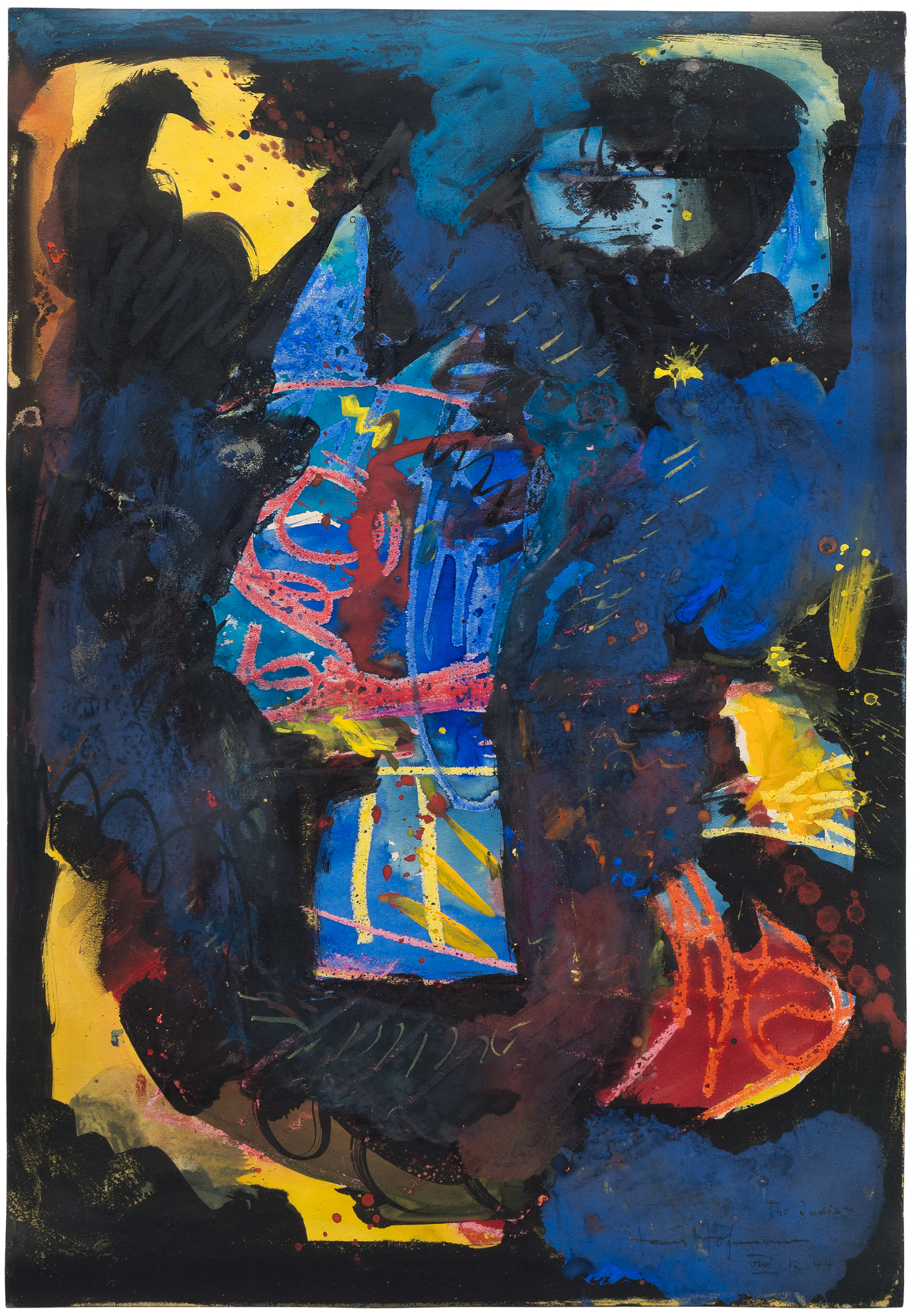
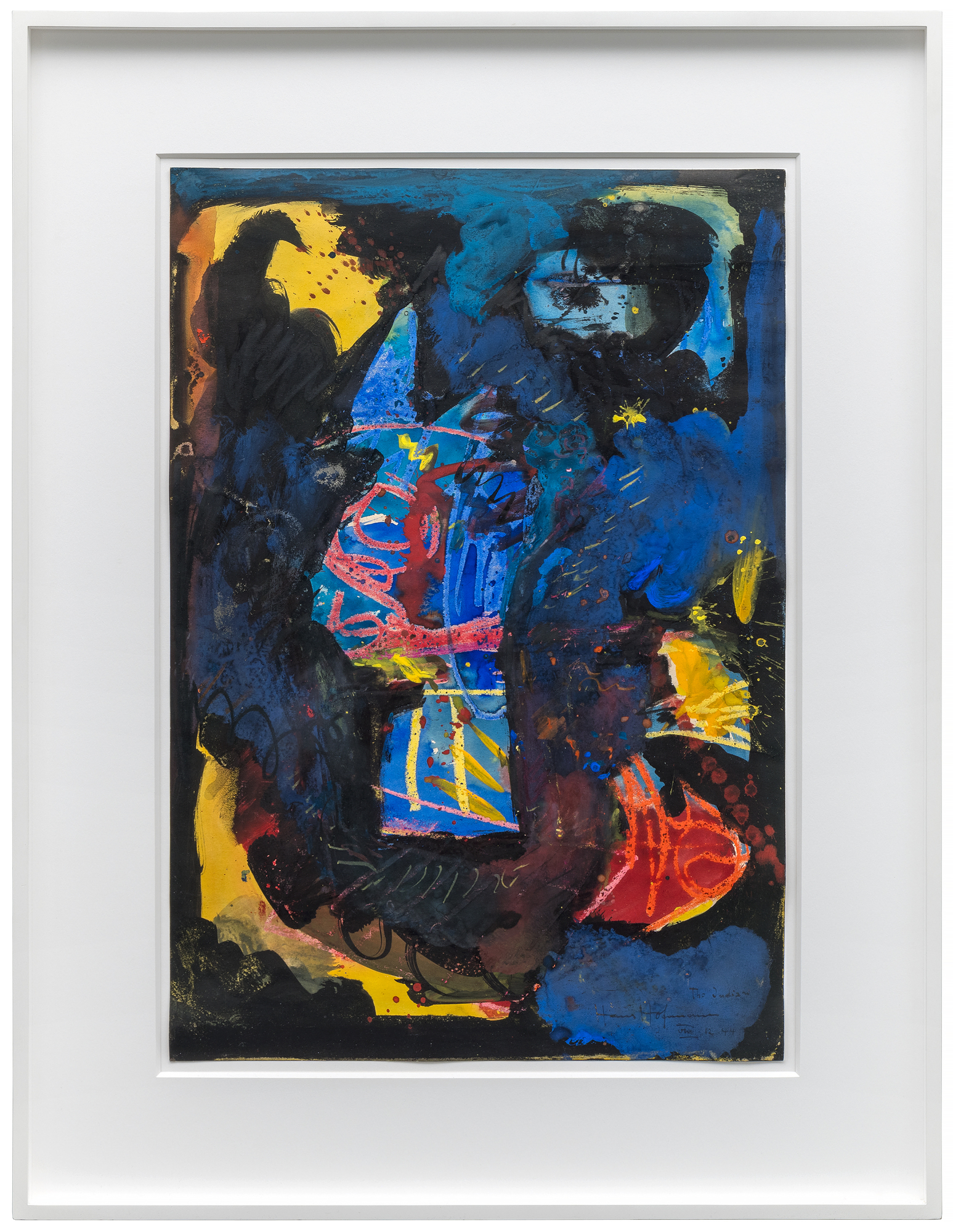
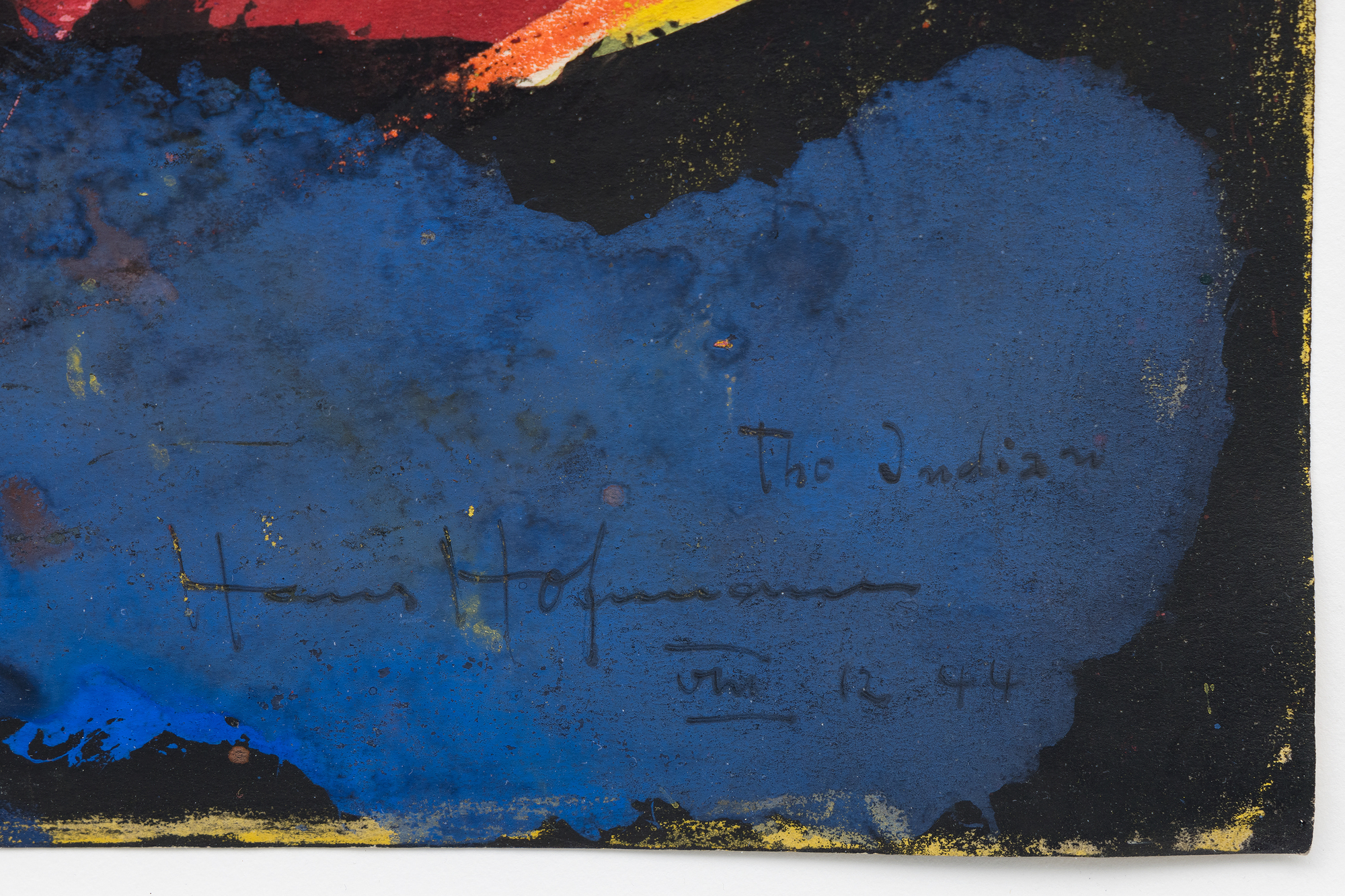
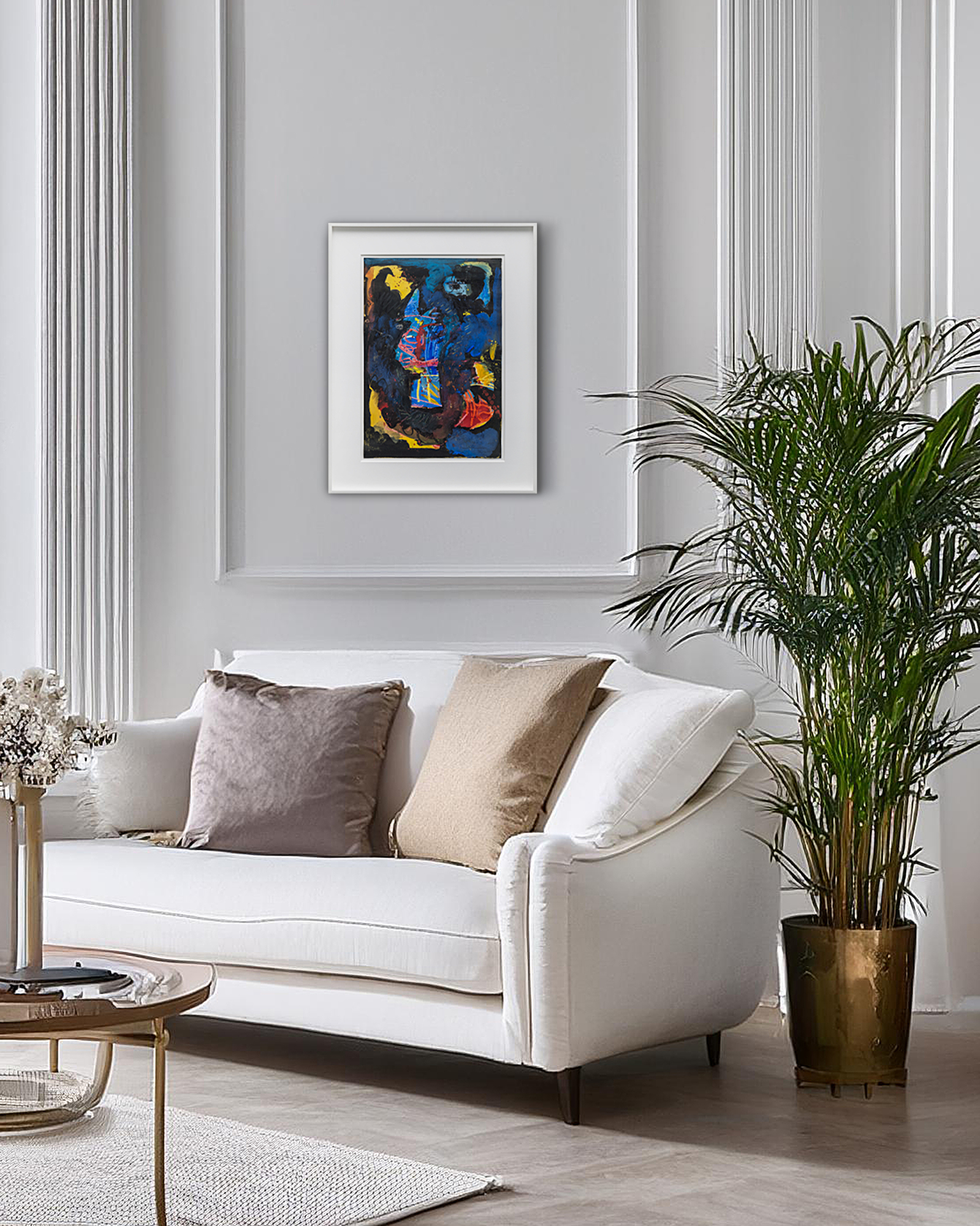
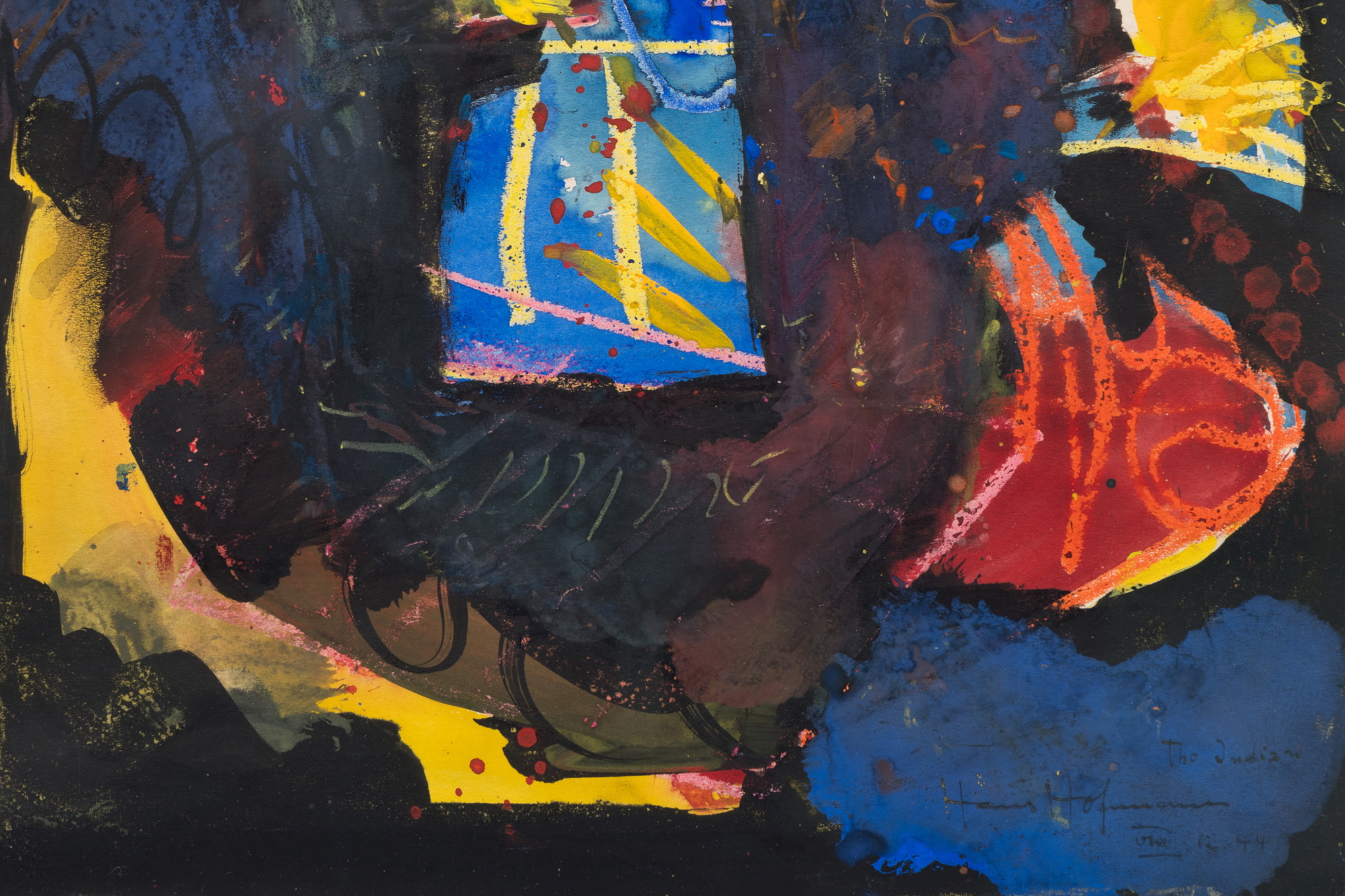
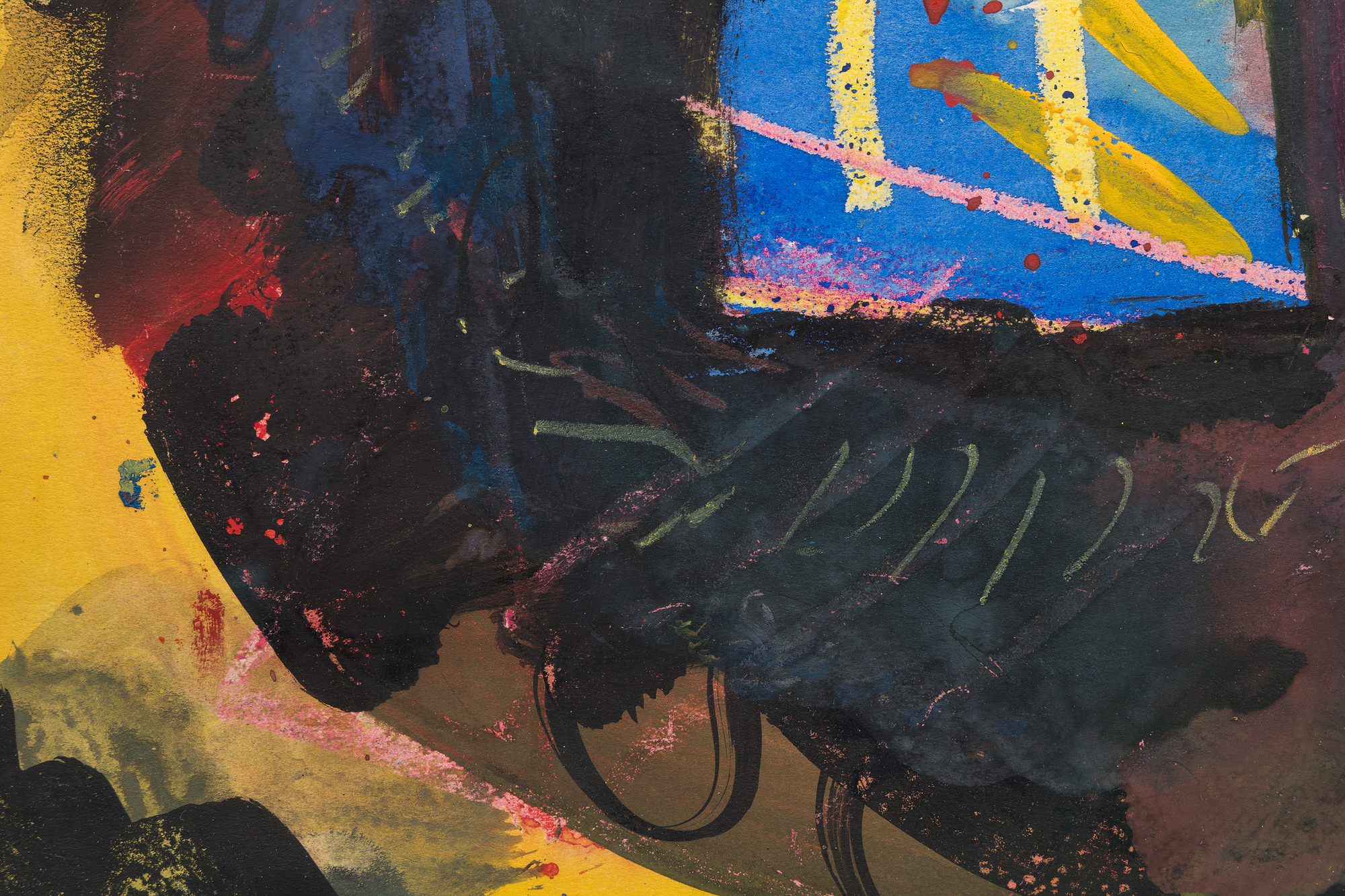

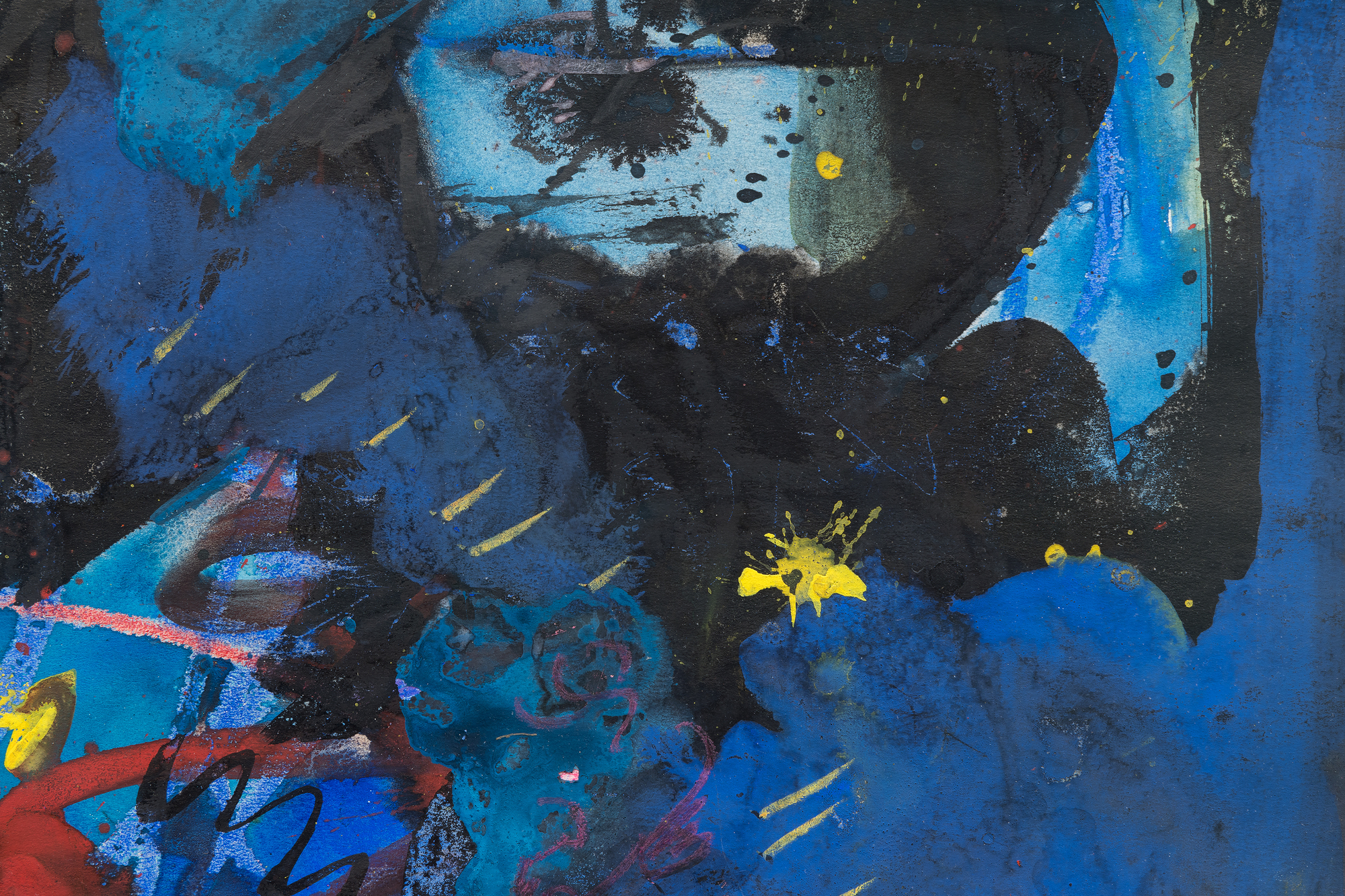
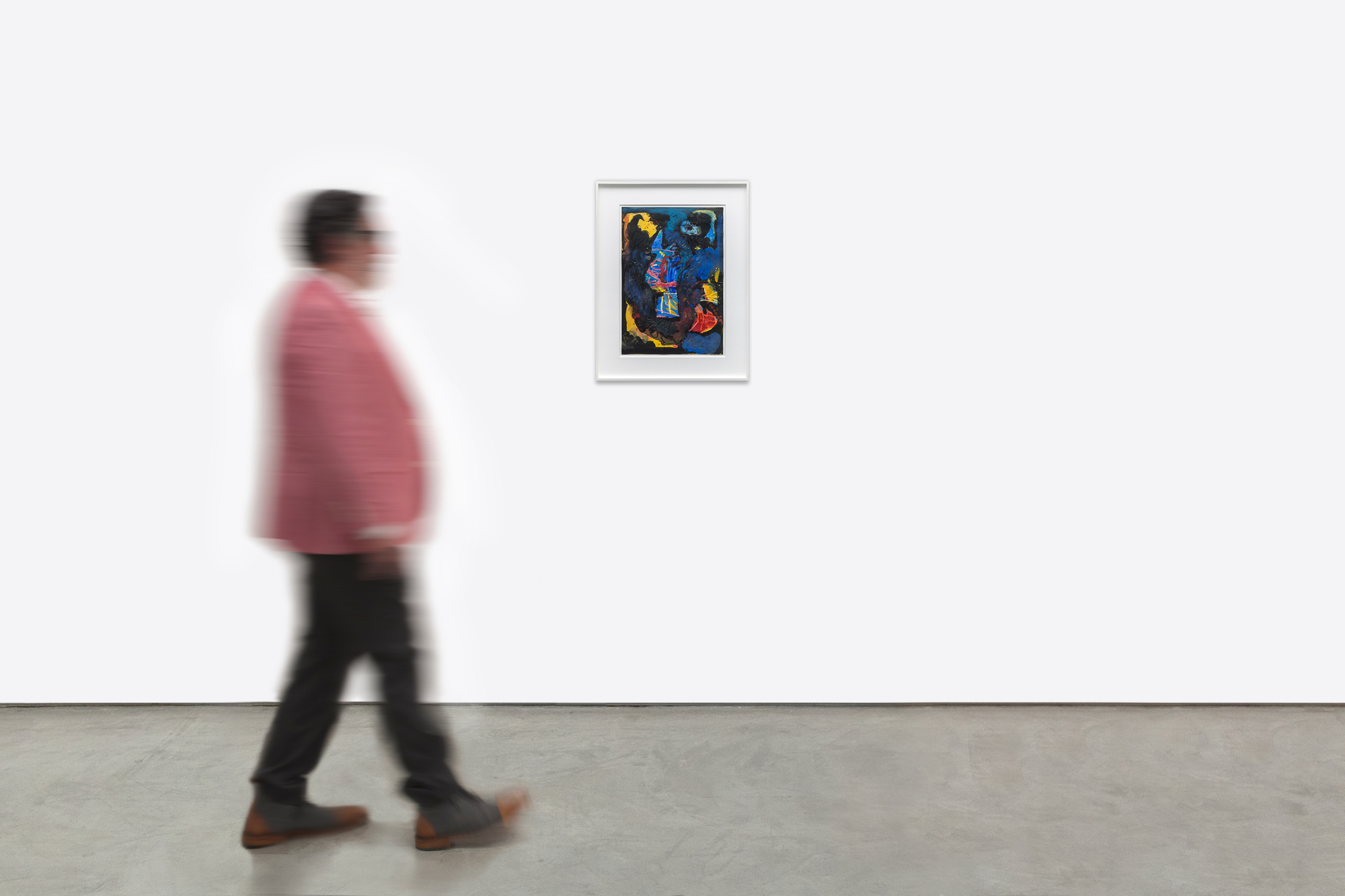
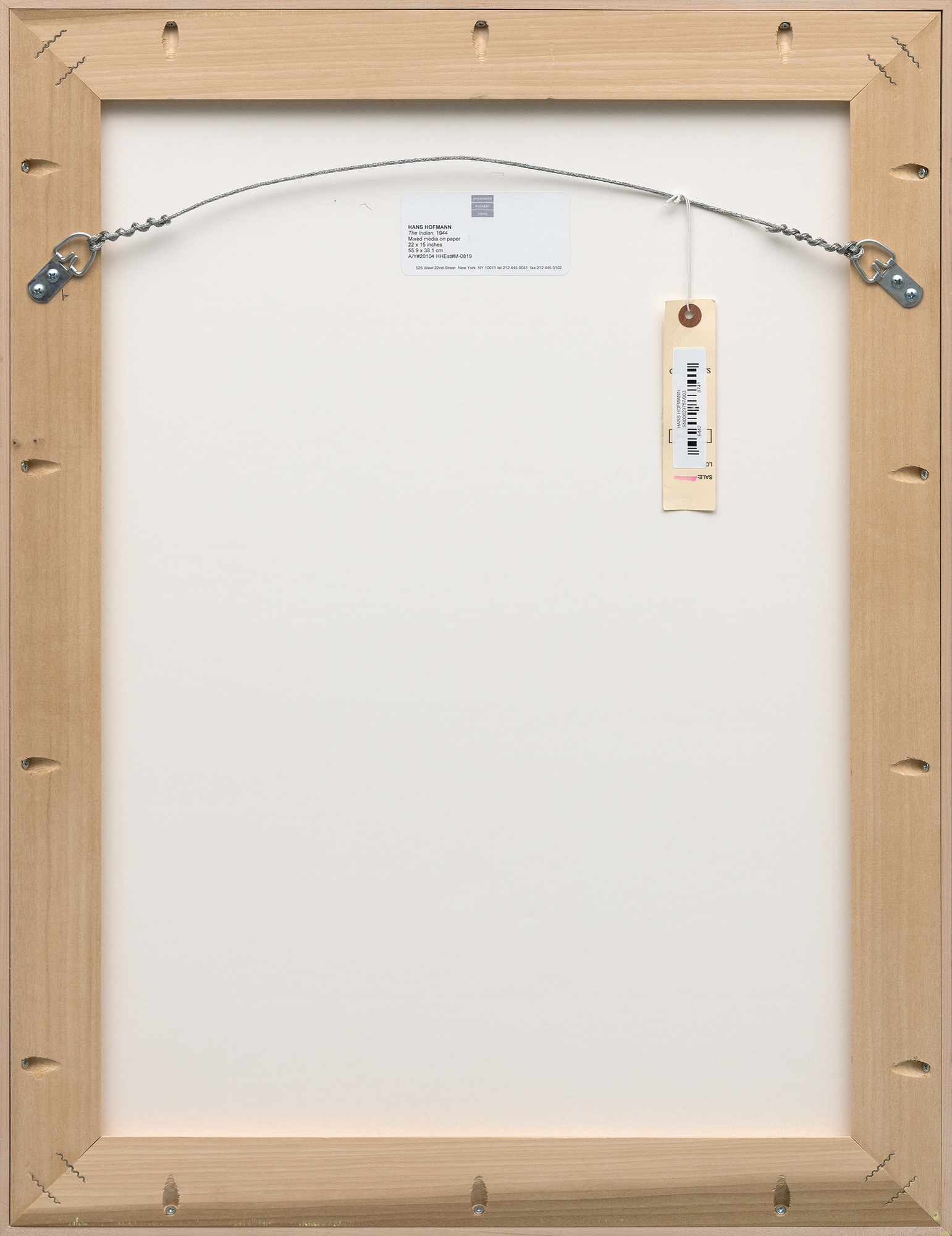
Provenienz
Ameringer McEnery Yohe, New YorkPrivatsammlung, New Jersey
Preis250,000
Die Spannung zwischen der zentralen Form und ihrem lebhaften Hintergrund veranschaulicht Hofmanns Übergang in den 1940er Jahren von der kubistischen Strenge zu uneingeschränkteren, expressionistischen Techniken. Der Indianer fängt die Energie dieser entscheidenden Periode ein, mit seiner vielschichtigen Abstraktion und seinen symbolischen Untertönen, die Hofmanns Fähigkeit widerspiegeln, gestische Spontaneität mit bewusster kompositorischer Ausgewogenheit zu vereinen.


